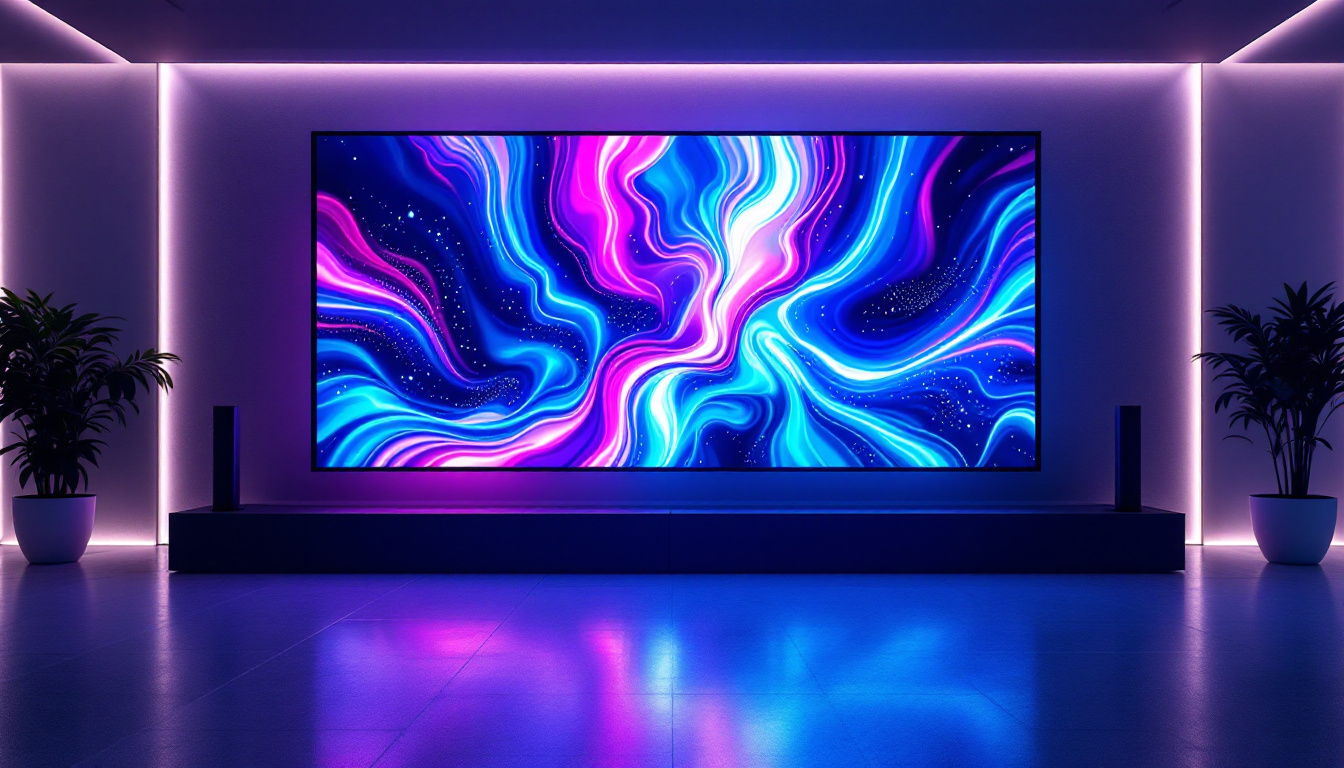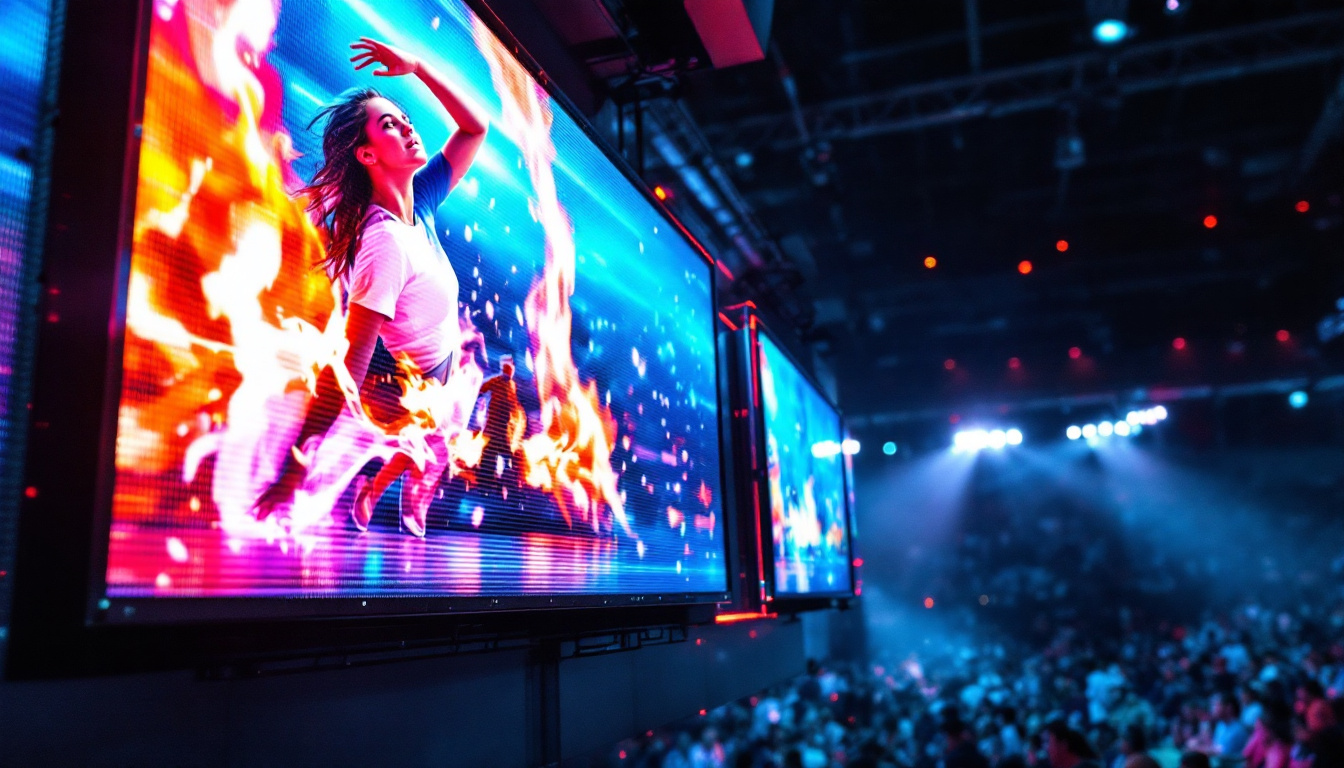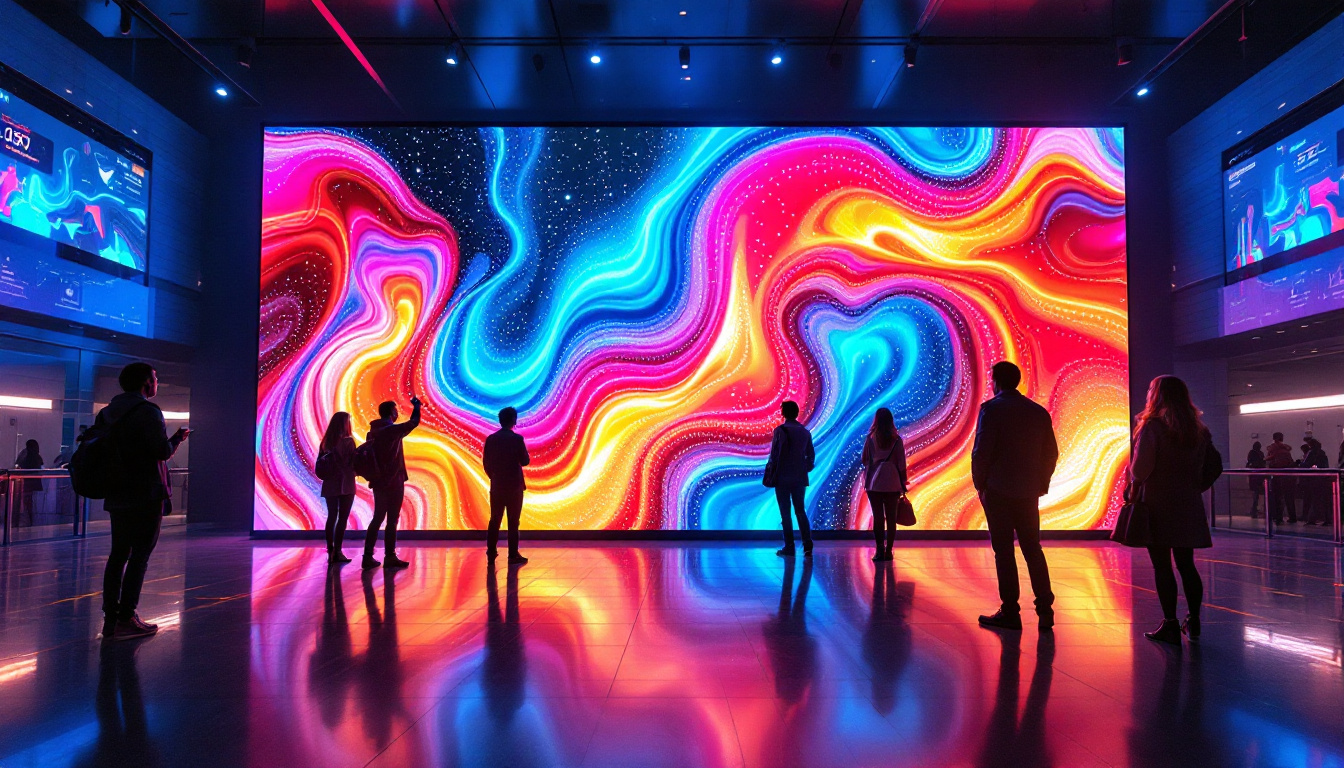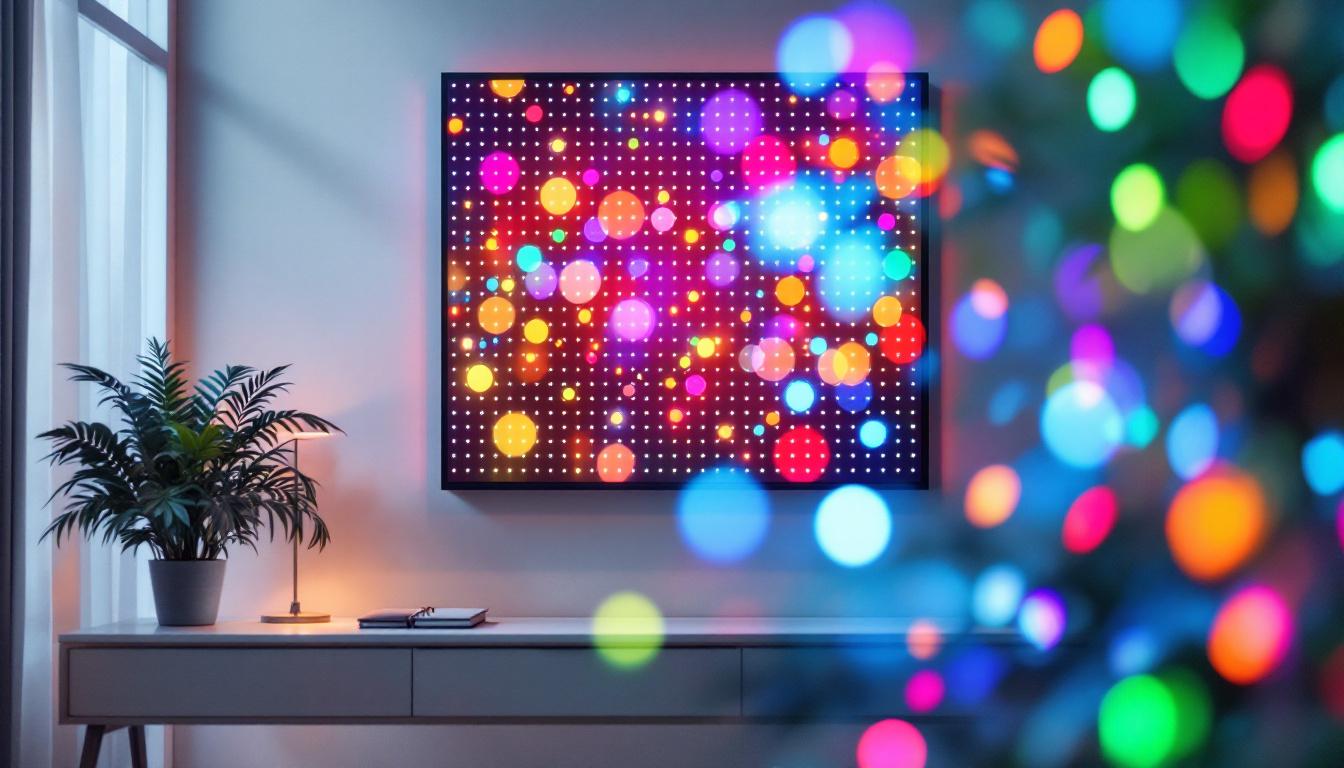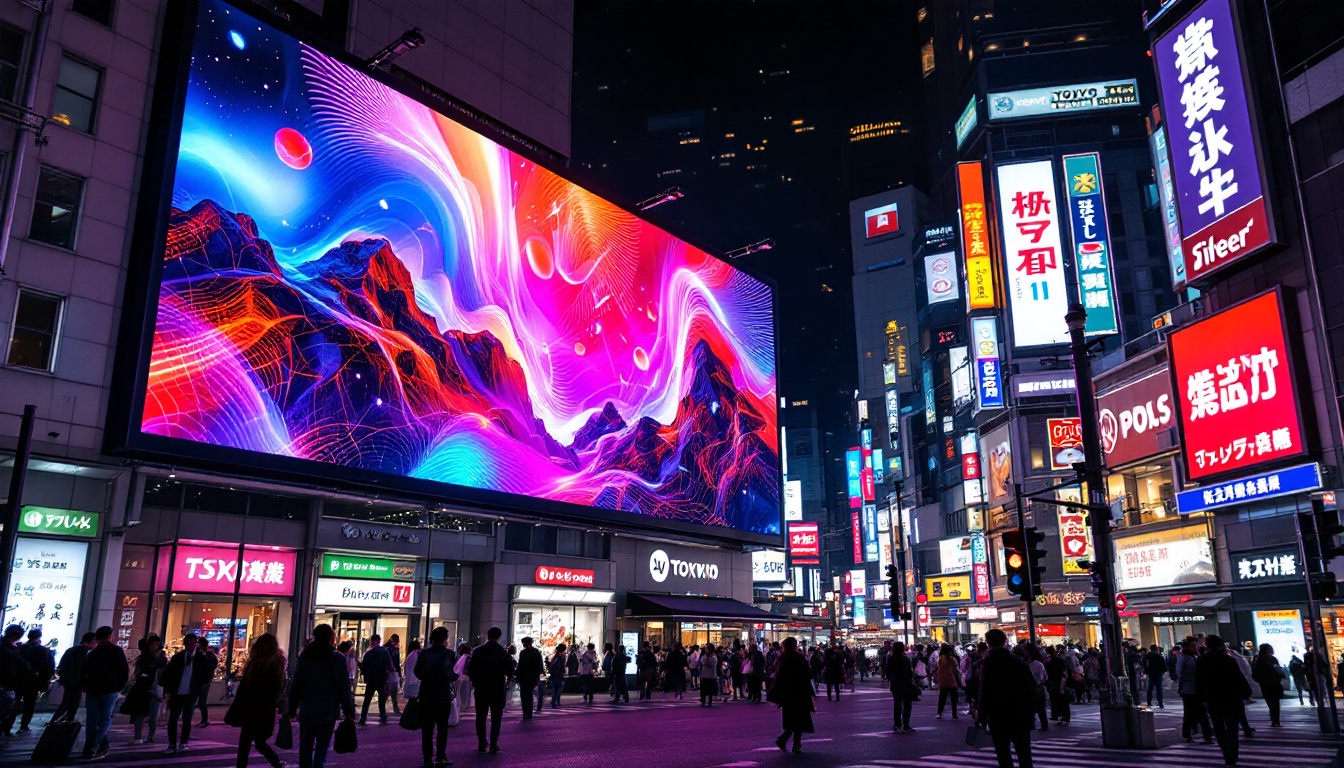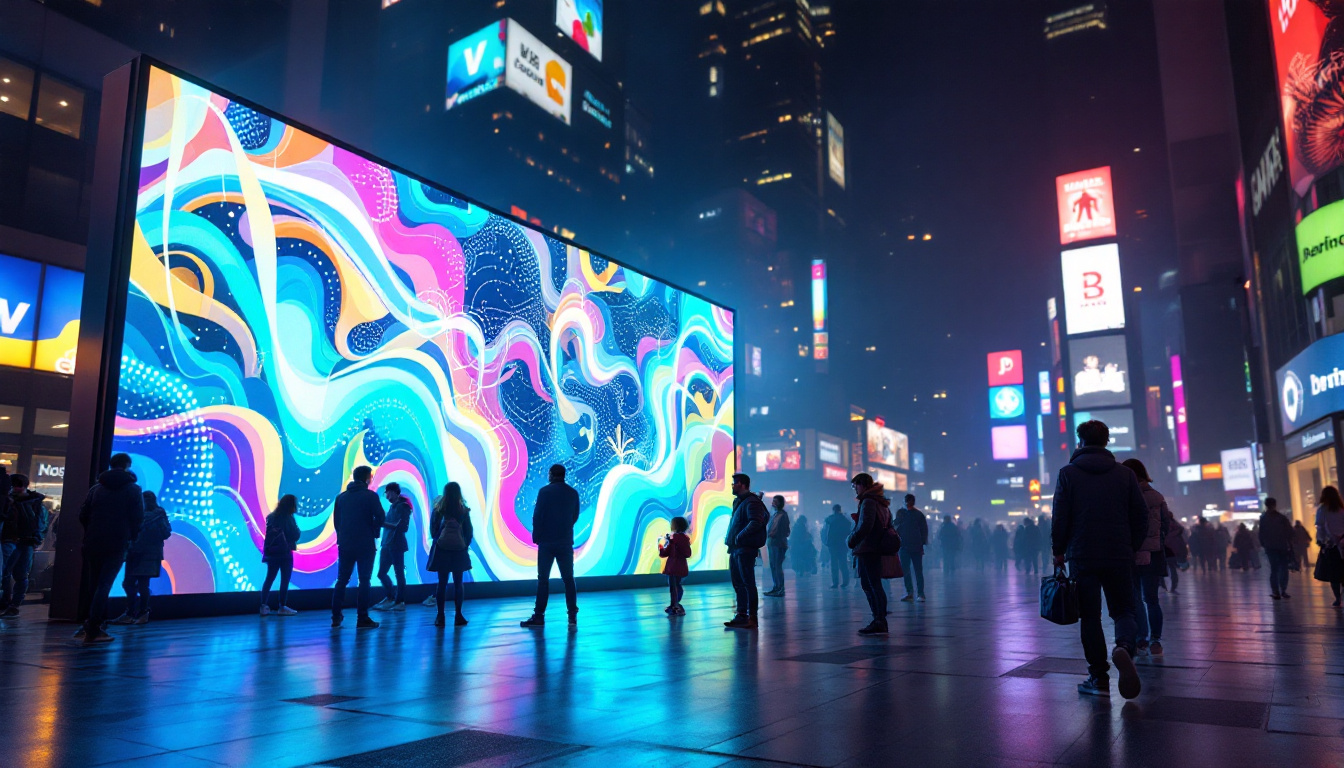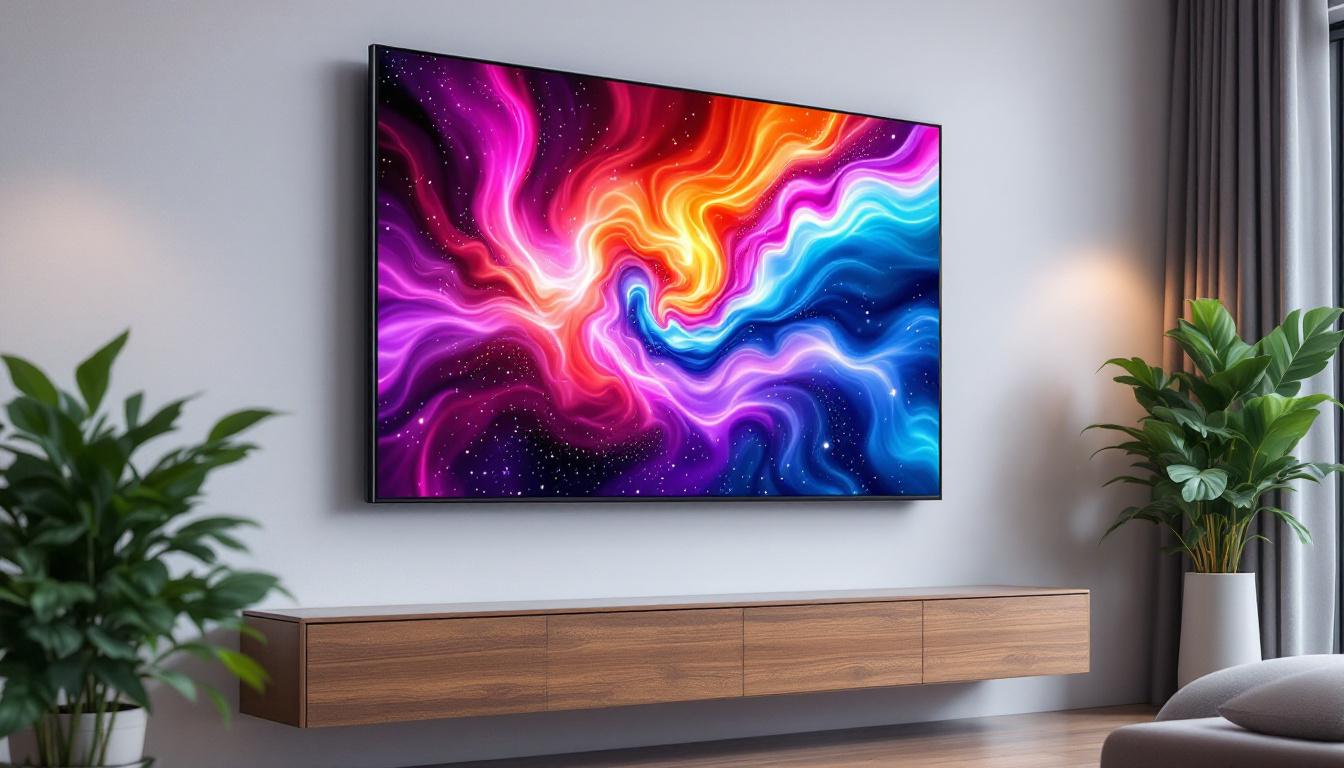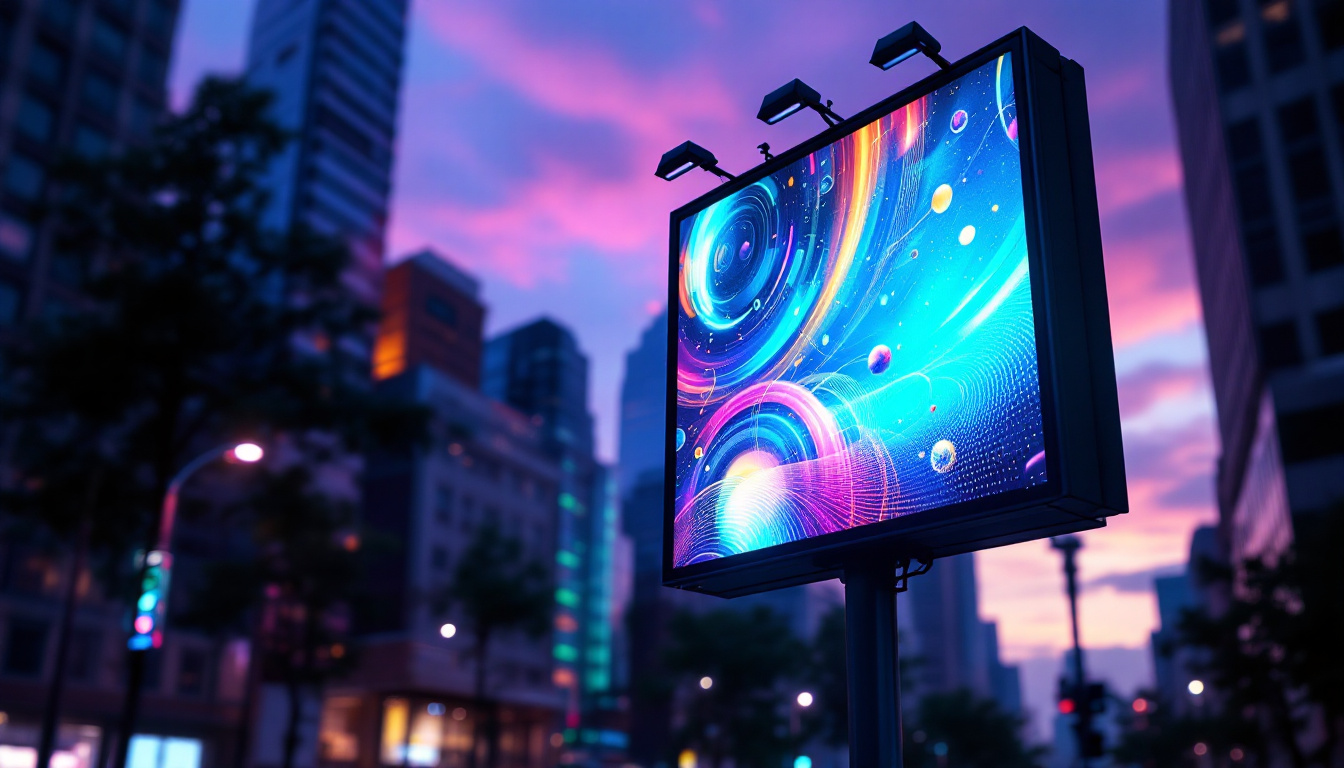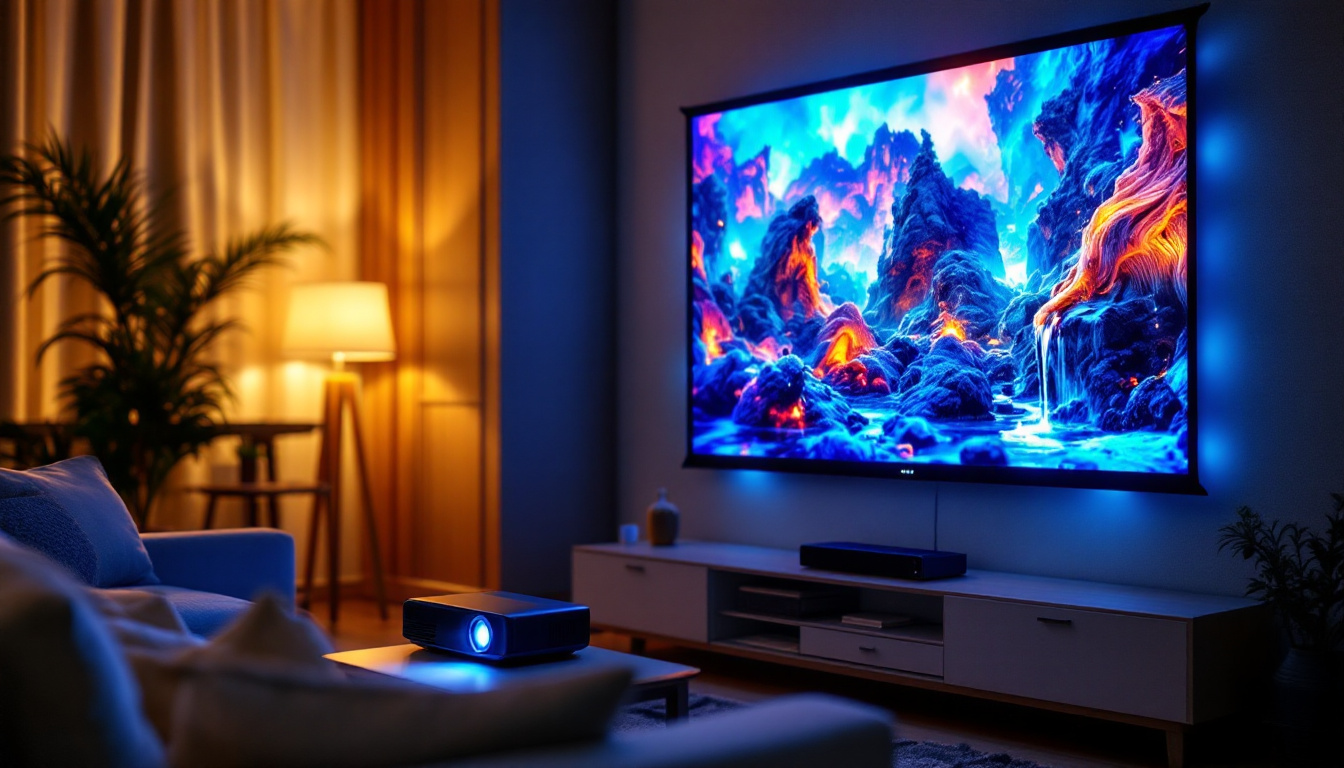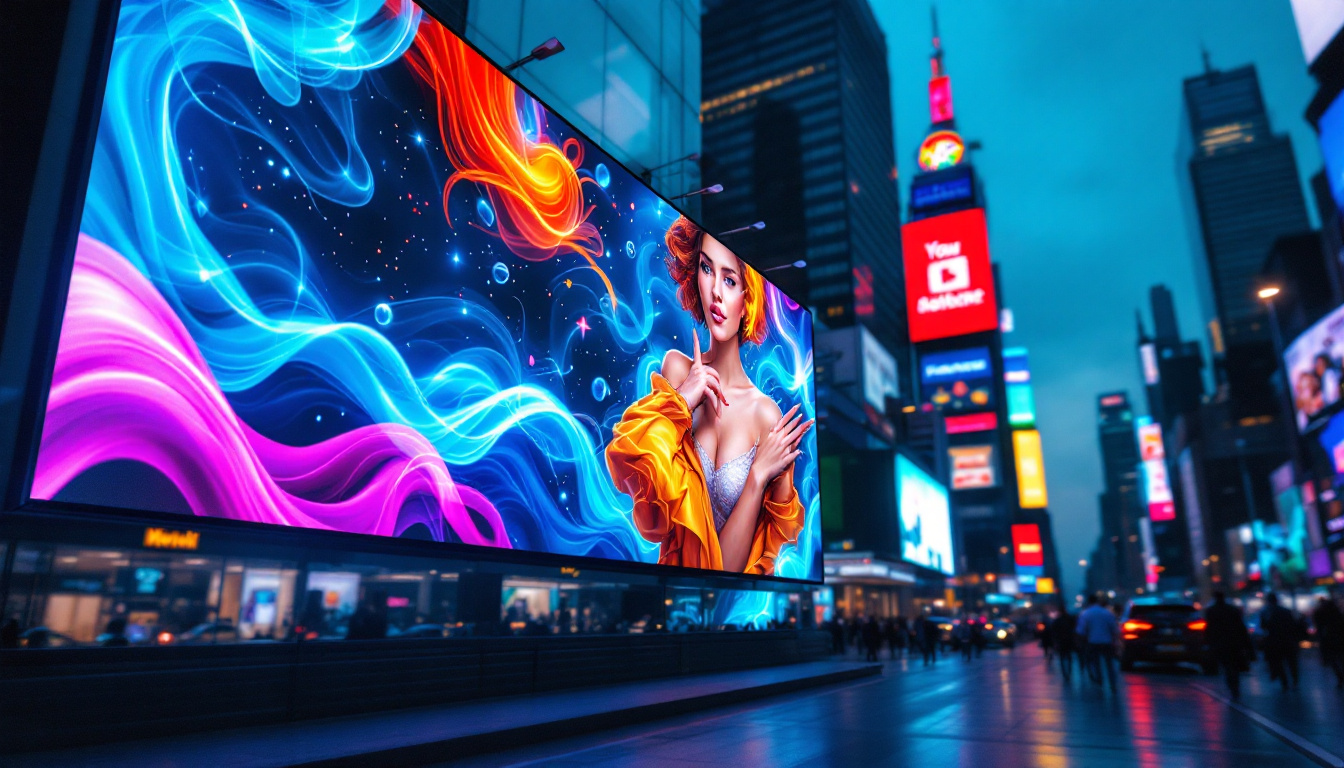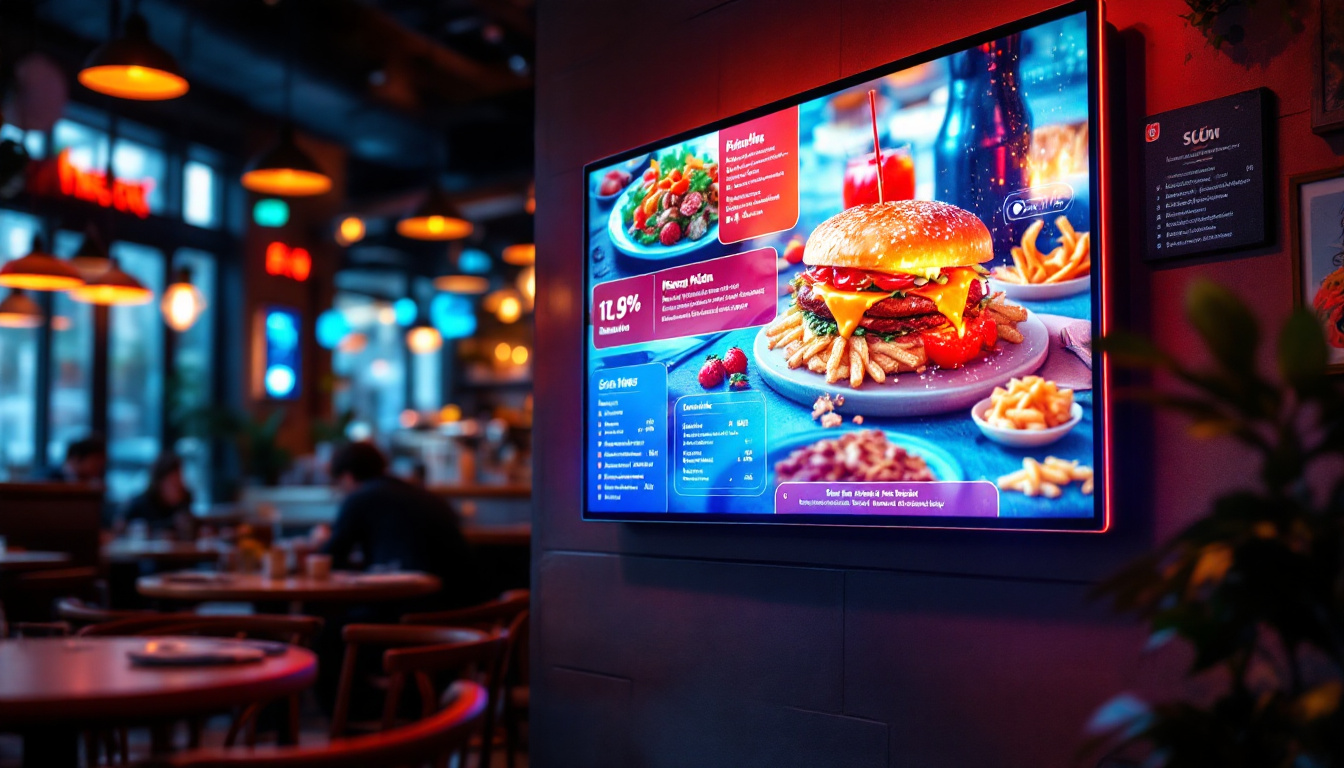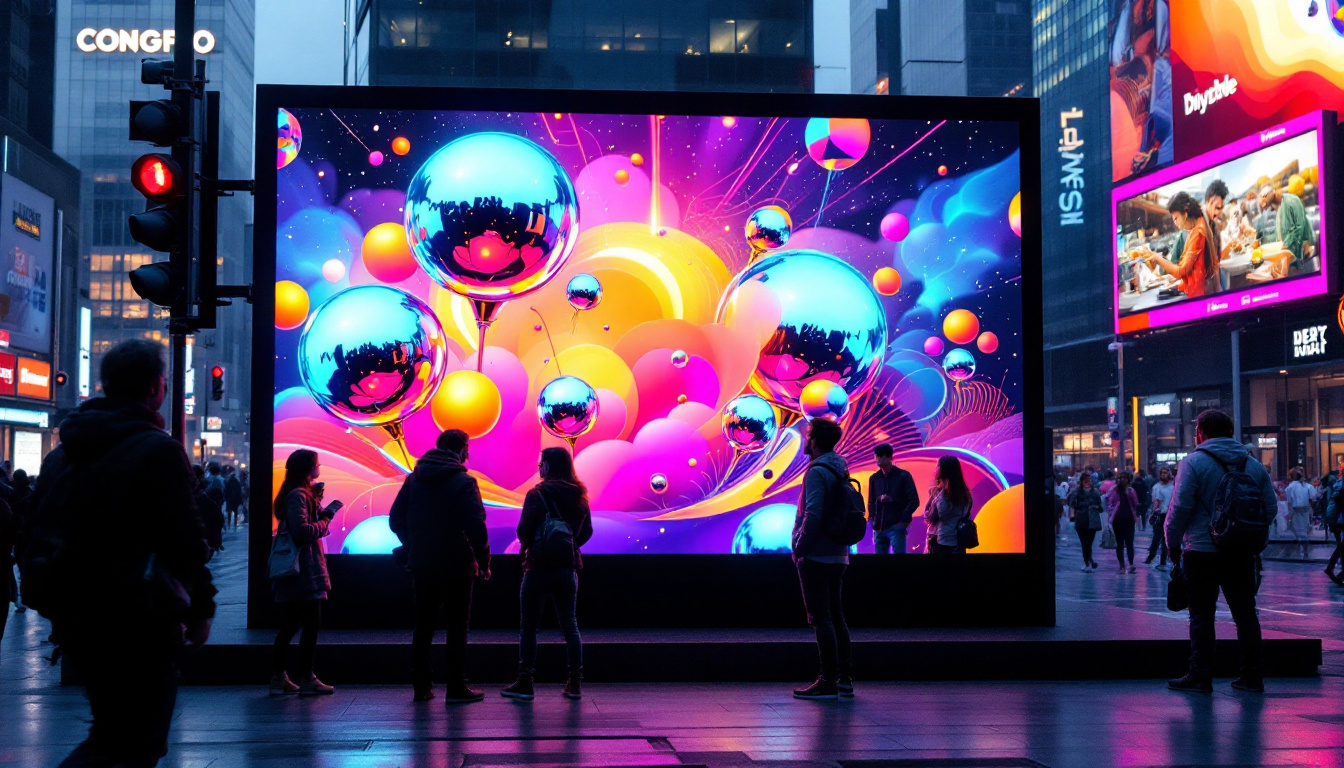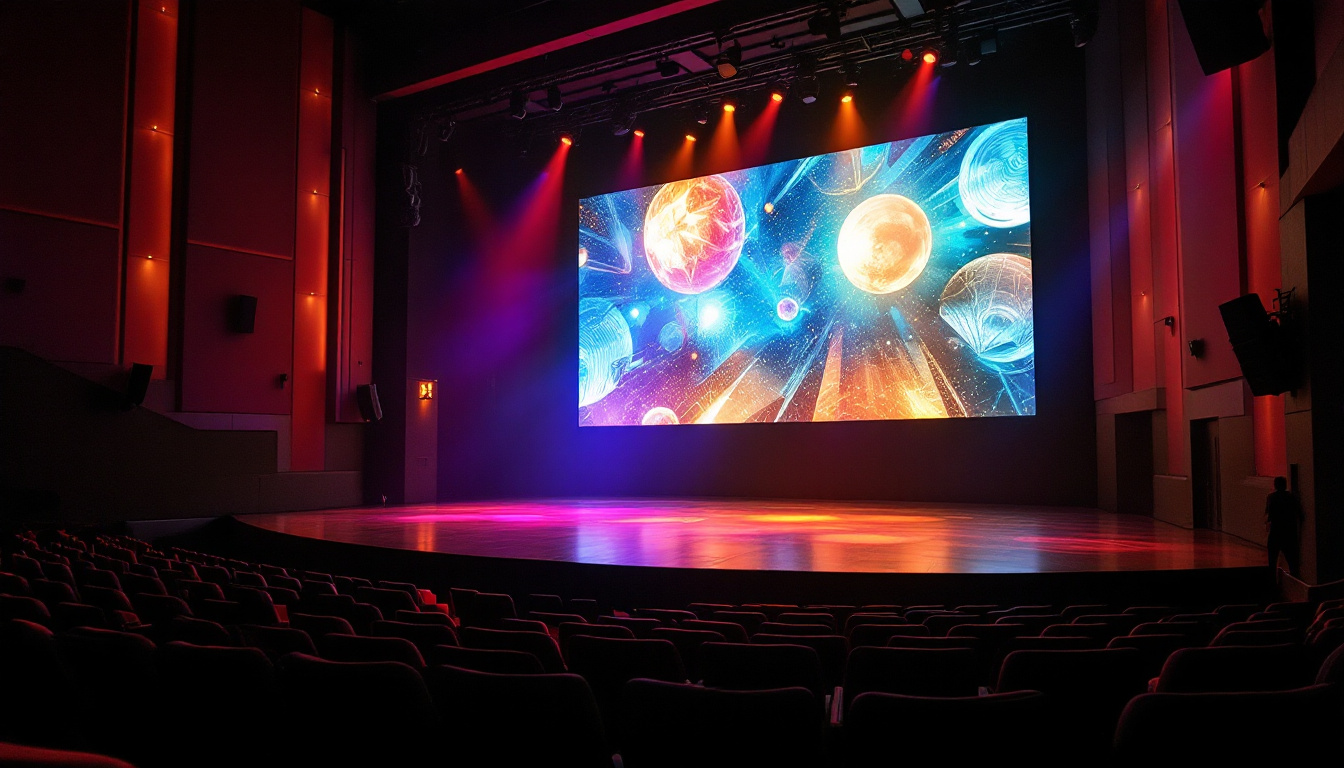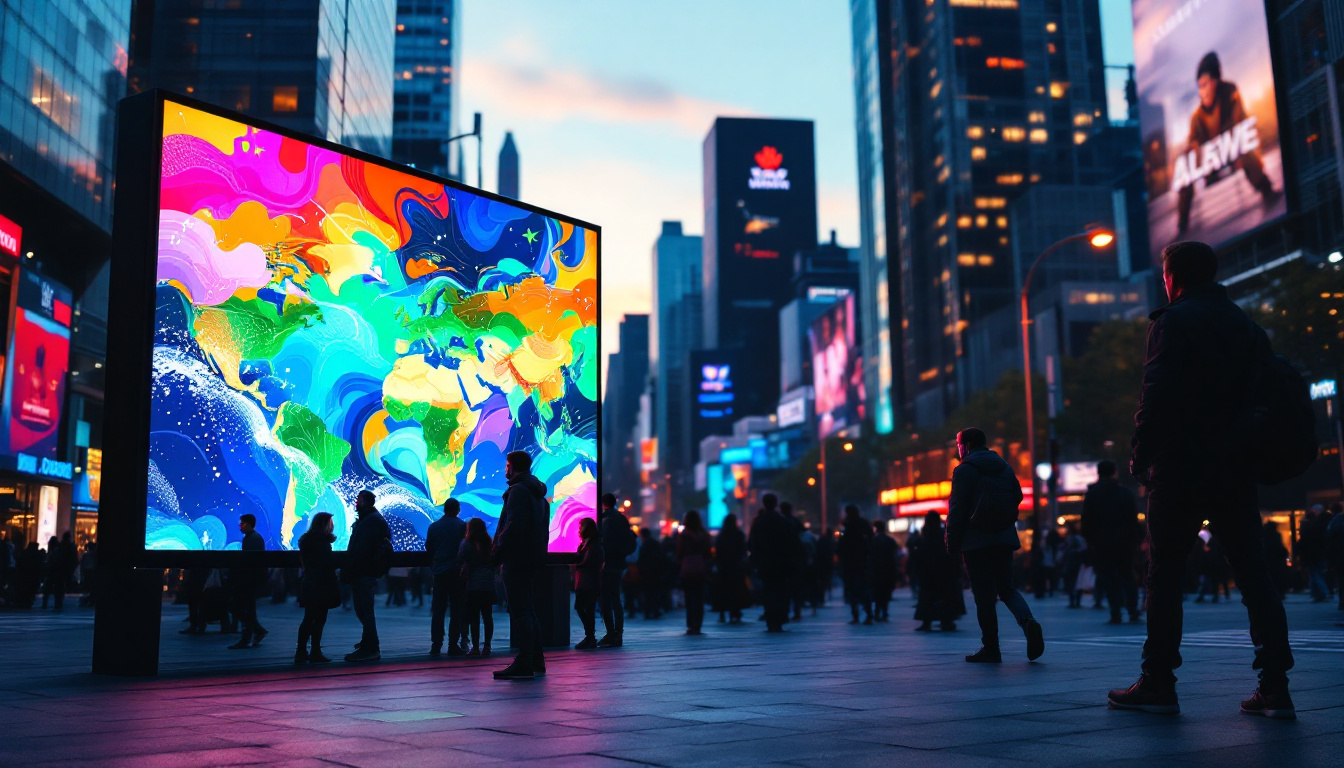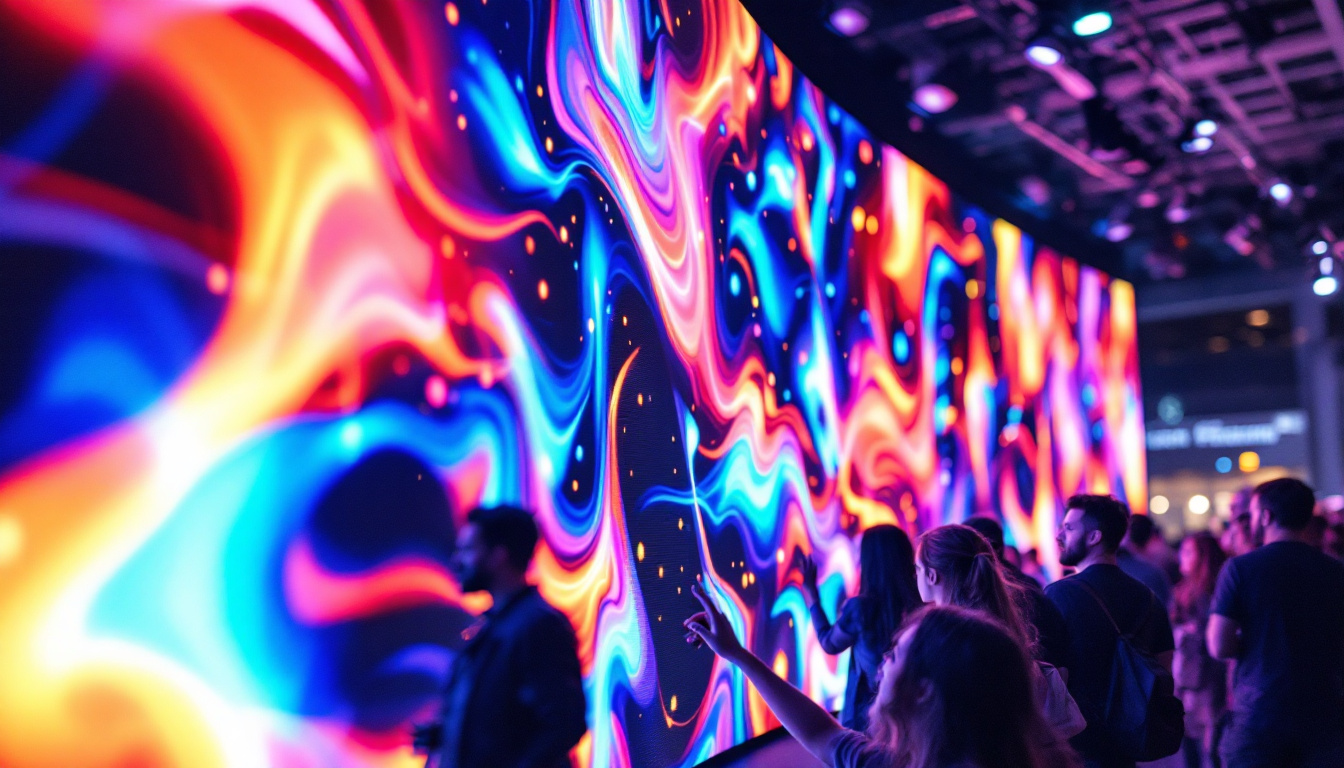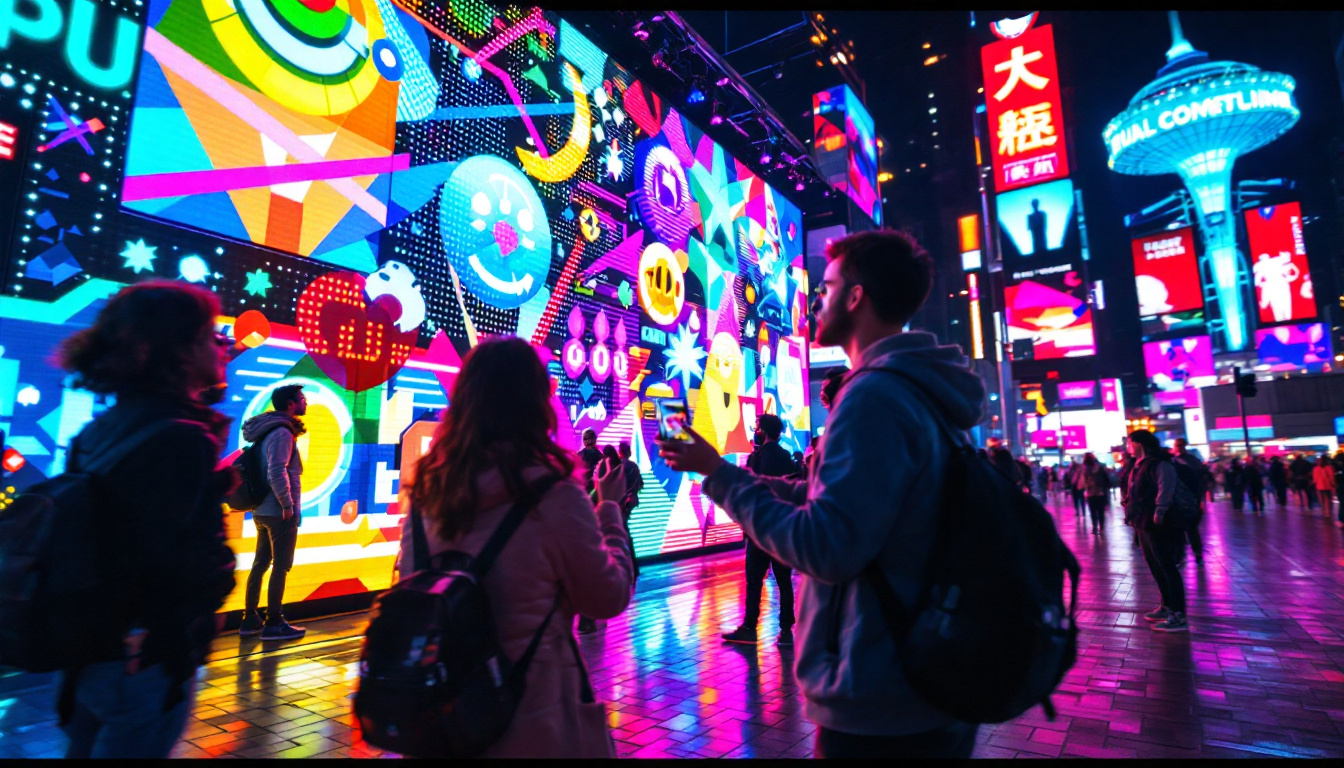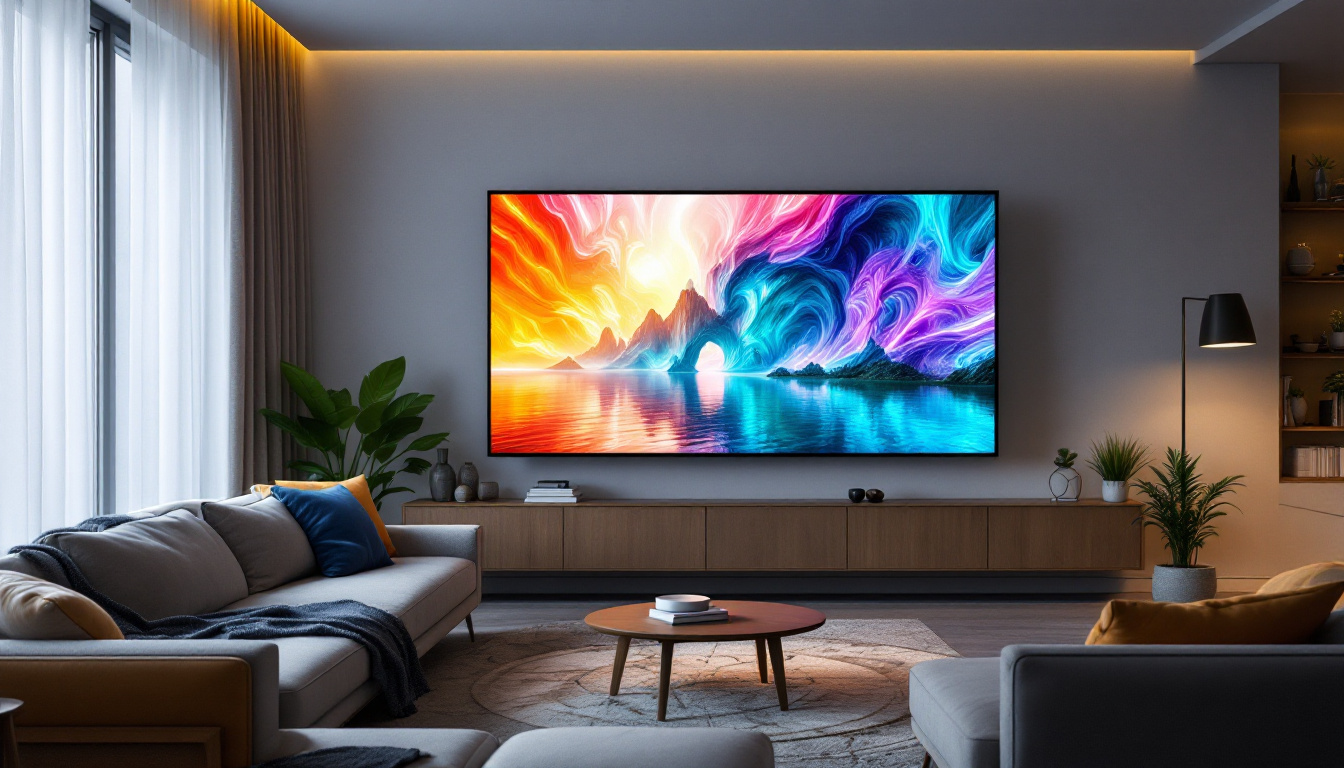The television industry has undergone a significant transformation over the past few decades, with innovations in display technology leading the way. Among the key players in this field is the TVS Company, which has made a name for itself in the realm of LED displays. This article delves into the full form of TVS, explores its contributions to the industry, and provides an in-depth look at LED display technology.
Understanding TVS Company
TVS is an acronym that stands for “Television Systems.” This company has carved out a niche in the competitive landscape of electronics, particularly in manufacturing high-quality LED displays for various applications. The brand is synonymous with innovation, reliability, and cutting-edge technology.
The Evolution of TVS
Founded in the early 2000s, TVS Company has rapidly evolved from a small player to a significant force in the electronics market. The company began its journey by focusing on traditional display technologies, but it soon recognized the potential of LED technology. This foresight allowed TVS to stay ahead of the curve and adapt to changing consumer preferences.
Over the years, TVS has expanded its product line to include a variety of LED displays, ranging from small screens for personal use to large-scale installations for commercial and industrial applications. This diversification has been crucial in establishing TVS as a trusted name in the industry. The company has also ventured into smart display solutions, integrating IoT capabilities that allow users to interact with their devices in more intuitive ways. This leap into smart technology not only enhances user experience but also positions TVS as a forward-thinking leader in the electronics sector.
Core Values and Mission
The mission of TVS Company revolves around delivering high-quality products that enhance the viewing experience. The company prioritizes innovation, sustainability, and customer satisfaction. By investing in research and development, TVS aims to push the boundaries of what is possible in display technology.
Furthermore, the company is dedicated to environmentally friendly practices, ensuring that its manufacturing processes minimize waste and energy consumption. This commitment not only benefits the planet but also resonates with consumers who are increasingly mindful of their environmental impact. In addition to its eco-friendly initiatives, TVS actively engages in community outreach programs, supporting education and technology access in underserved areas. By fostering a culture of corporate social responsibility, TVS not only strengthens its brand image but also contributes positively to society, aligning its business goals with the greater good.
What is LED Display Technology?
LED, or Light Emitting Diode, display technology has revolutionized the way images and videos are presented. Unlike traditional LCD screens that rely on backlighting, LED displays utilize individual diodes to emit light, resulting in brighter images and improved color accuracy. This advancement has not only enhanced the viewing experience for consumers but has also opened new avenues for creative expression in advertising, entertainment, and digital art.
How LED Displays Work
At the core of LED technology is the semiconductor material that emits light when an electric current passes through it. This process allows for greater control over brightness and color, leading to a more vibrant viewing experience. LED displays can be divided into two main categories: direct-lit and edge-lit.
Direct-lit LED displays feature a grid of LEDs positioned behind the screen, providing uniform brightness across the entire display. In contrast, edge-lit LED displays use LEDs positioned along the edges of the screen, which light the display from the sides. While edge-lit displays can be thinner and more energy-efficient, direct-lit displays generally offer superior picture quality. Moreover, advancements in technology have led to the development of mini-LED and micro-LED displays, which offer even finer pixel control and improved contrast, pushing the boundaries of visual fidelity.
Advantages of LED Displays
LED displays come with a host of advantages that make them a popular choice for consumers and businesses alike. One of the most notable benefits is their energy efficiency. LED technology consumes significantly less power compared to traditional display technologies, which can lead to lower electricity bills and reduced carbon footprints. This energy efficiency is particularly beneficial in large-scale installations, such as stadiums and shopping malls, where the cumulative savings can be substantial.
Additionally, LED displays boast longer lifespans, often lasting tens of thousands of hours before needing replacement. This durability makes them a cost-effective investment for both home and commercial use. Furthermore, LED displays provide superior brightness and contrast ratios, making them suitable for various lighting conditions. In outdoor settings, for instance, high-brightness LED displays can maintain clarity and visibility even in direct sunlight, making them ideal for billboards and public information displays. The versatility of LED technology also extends to flexible and transparent displays, which are increasingly being used in innovative designs for retail environments and architectural applications, allowing for seamless integration into modern spaces.
Applications of LED Displays
The versatility of LED displays allows them to be used in a wide range of applications. From personal devices to large-scale installations, LED technology has found its place in numerous sectors.
Consumer Electronics
In the realm of consumer electronics, LED displays are prevalent in televisions, computer monitors, and smartphones. The demand for high-definition visuals has driven manufacturers to adopt LED technology, resulting in sharper images and enhanced color reproduction.
Smart TVs equipped with LED displays offer features such as streaming capabilities, voice control, and integration with smart home devices. As a result, consumers can enjoy an immersive viewing experience that caters to their entertainment needs. Furthermore, advancements in LED technology have led to the development of OLED (Organic Light Emitting Diode) displays, which provide even deeper blacks and a wider color gamut, making them a popular choice among enthusiasts and professionals alike. This evolution not only enhances visual quality but also contributes to energy efficiency, as OLED displays consume less power compared to traditional LCD screens.
Commercial Use
LED displays are also widely used in commercial settings, including retail stores, airports, and stadiums. digital signage powered by LED technology allows businesses to communicate effectively with customers, showcasing promotions and information in real-time.
In sports arenas, large LED screens enhance the spectator experience by providing instant replays, player statistics, and advertisements. The dynamic nature of LED displays makes them ideal for capturing the attention of audiences in busy environments. Beyond sports, LED displays are increasingly utilized in concert venues and festivals, where vibrant visuals and synchronized light shows create an electrifying atmosphere. These displays can be programmed to change in response to music, enhancing the overall experience for attendees and allowing for a more engaging interaction between performers and their audience. Additionally, in corporate environments, LED walls are becoming a staple for presentations and conferences, offering a modern and visually appealing way to convey information to large groups.
Future Trends in LED Technology
The future of LED display technology is promising, with ongoing advancements set to redefine the landscape. As research continues, several trends are emerging that could shape the next generation of LED displays.
MicroLED and MiniLED Technologies
MicroLED and MiniLED are two innovative technologies gaining traction in the display market. MicroLED displays utilize tiny individual LEDs to create images, offering unparalleled brightness and color accuracy. This technology has the potential to rival OLED displays while eliminating issues such as burn-in.
MiniLED technology, on the other hand, involves using smaller LEDs in backlighting systems to enhance contrast and improve local dimming capabilities. Both technologies promise to deliver superior performance and are expected to become more mainstream in the coming years.
Integration with AI and Smart Features
As artificial intelligence continues to evolve, its integration with LED display technology is becoming increasingly common. AI can enhance the viewing experience by optimizing picture quality based on environmental conditions and user preferences. Smart features, such as voice recognition and gesture control, are also being incorporated into LED displays, making them more user-friendly and interactive.
Challenges Facing LED Display Technology
Despite its many advantages, LED display technology is not without its challenges. As the market becomes more competitive, manufacturers must navigate various hurdles to maintain their edge.
Cost of Production
The production of LED displays can be costly, particularly for high-end models. The materials and technology required to create advanced displays can lead to higher prices for consumers. As a result, manufacturers must find ways to streamline production processes and reduce costs without compromising quality.
Additionally, the rapid pace of technological advancement means that companies must continually invest in research and development to stay relevant. This can strain resources, particularly for smaller manufacturers.
Environmental Concerns
While LED technology is generally more environmentally friendly than traditional display technologies, there are still concerns regarding the disposal of electronic waste. As consumers upgrade their devices, the accumulation of discarded electronics poses a significant environmental challenge.
Manufacturers must address these concerns by implementing recycling programs and developing sustainable practices throughout the product lifecycle. This commitment to sustainability will be essential in meeting the expectations of environmentally conscious consumers.
Conclusion
In summary, TVS Company, or Television Systems, has established itself as a leader in the LED display market through innovation and a commitment to quality. LED technology has transformed the way images and videos are presented, offering numerous advantages over traditional display methods.
As the industry continues to evolve, the future of LED displays looks bright, with emerging technologies and trends set to enhance the viewing experience further. However, challenges remain, and it is crucial for manufacturers to address these issues responsibly.
Ultimately, the journey of LED display technology is far from over. With continuous advancements and a focus on sustainability, the possibilities are endless, paving the way for an exciting future in visual technology.
Discover LumenMatrix’s Innovative LED Display Solutions
As we embrace the future of LED display technology, LumenMatrix stands at the forefront of this evolution, committed to enhancing your brand’s presence and creating immersive visual experiences. With a diverse range of products including Indoor and Outdoor LED Wall Displays, Vehicle LED Displays, LED Poster Displays, and more, LumenMatrix tailors to every need, ensuring your message resonates with brilliance and clarity. Ready to transform your visual communication? Check out LumenMatrix LED Display Solutions and join the revolution in digital signage excellence.

